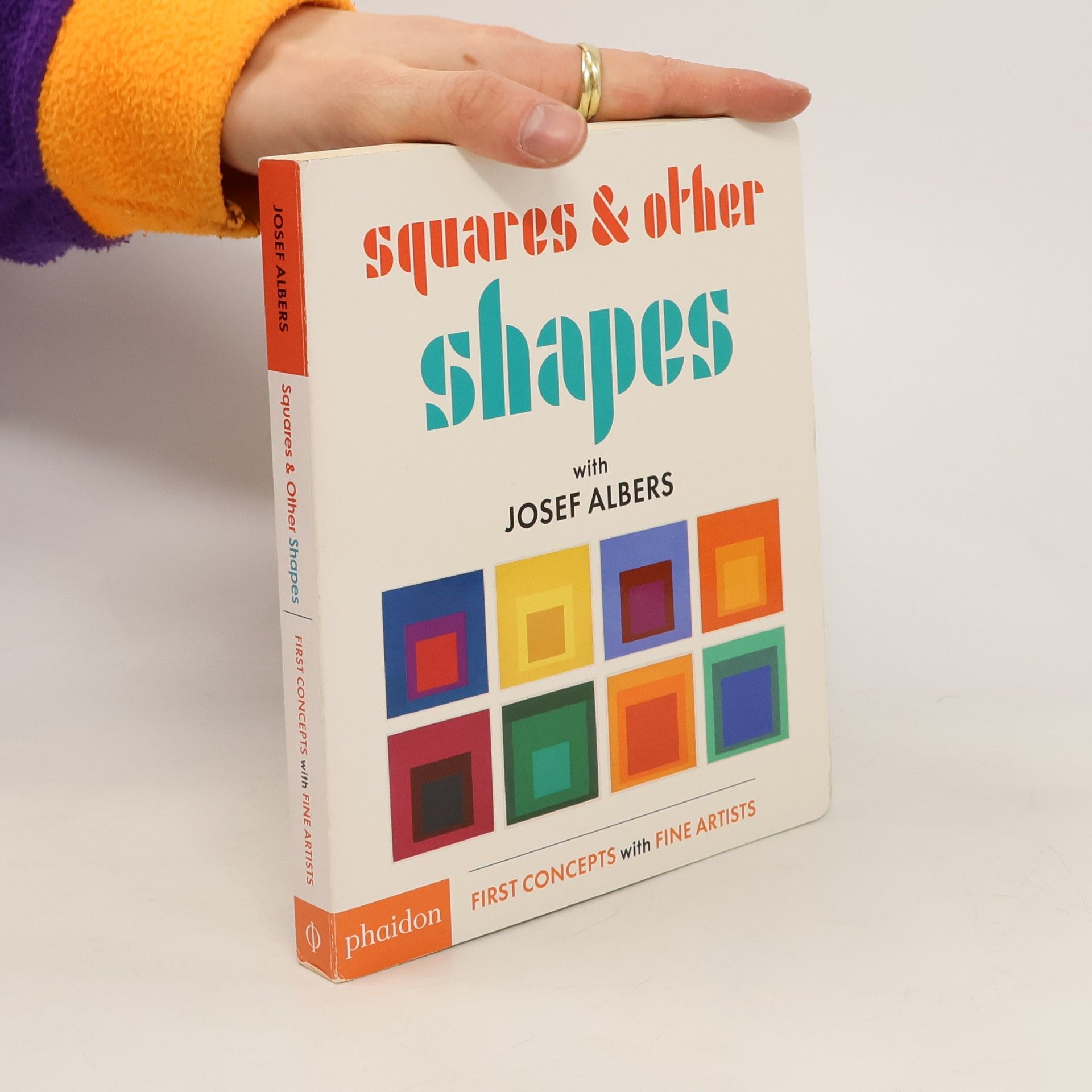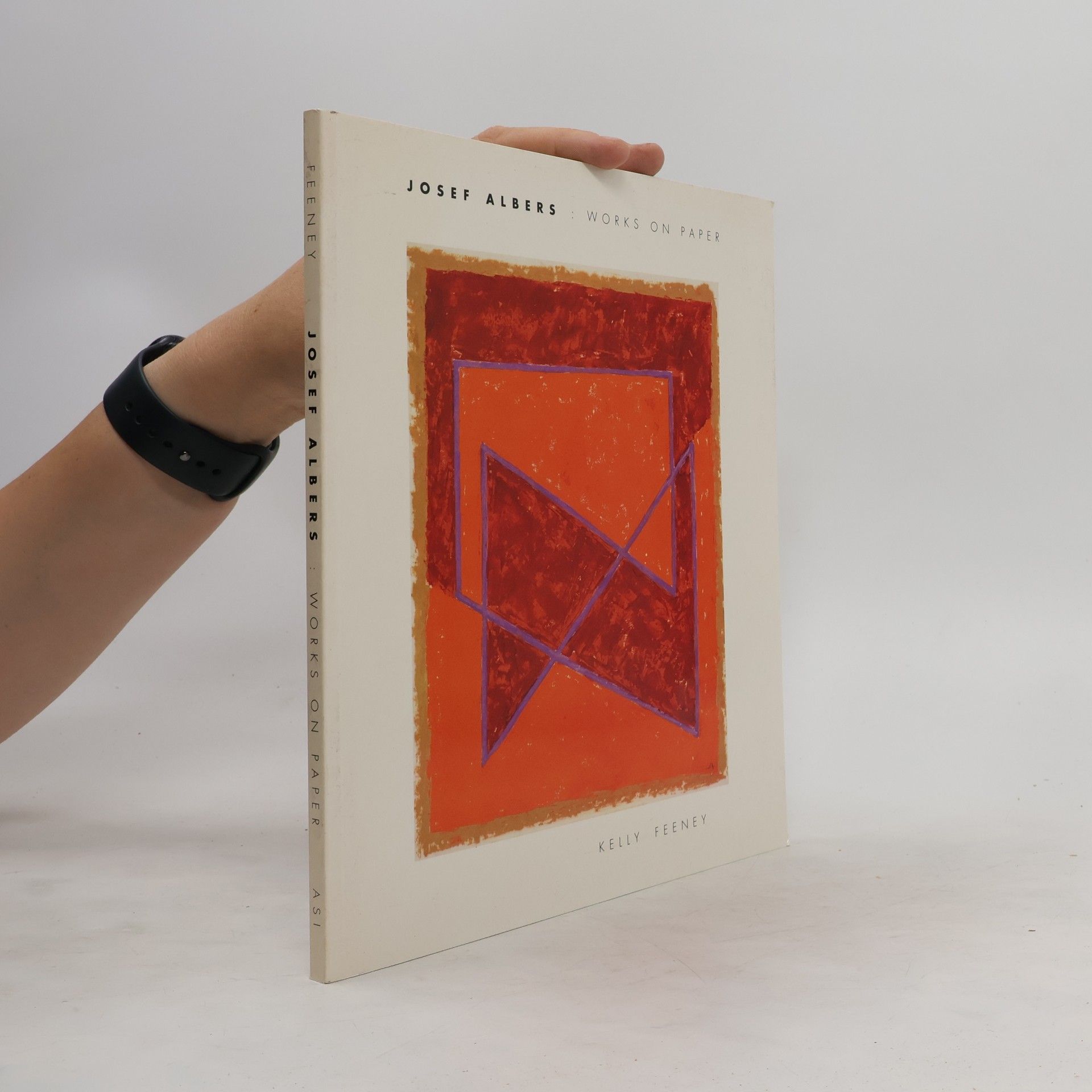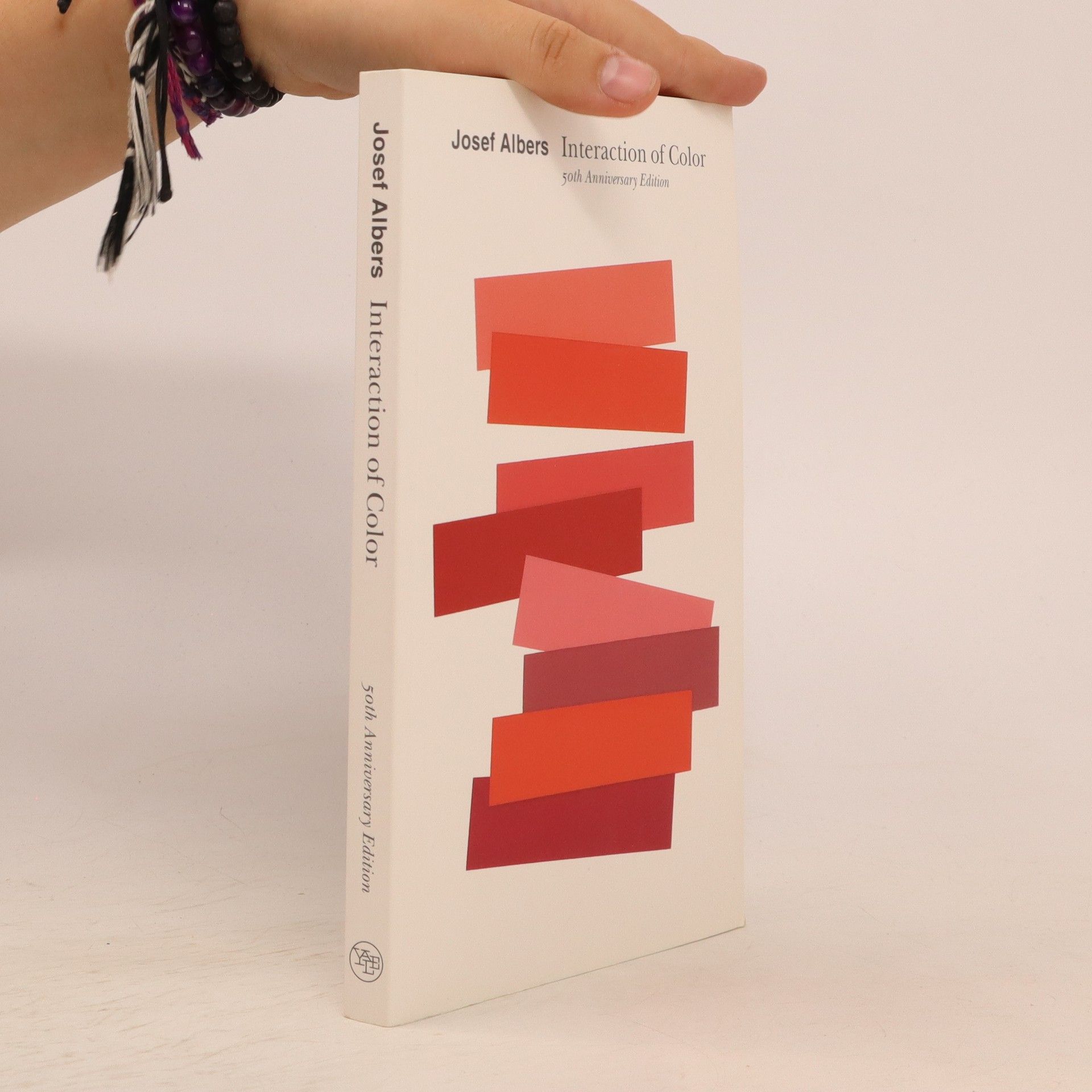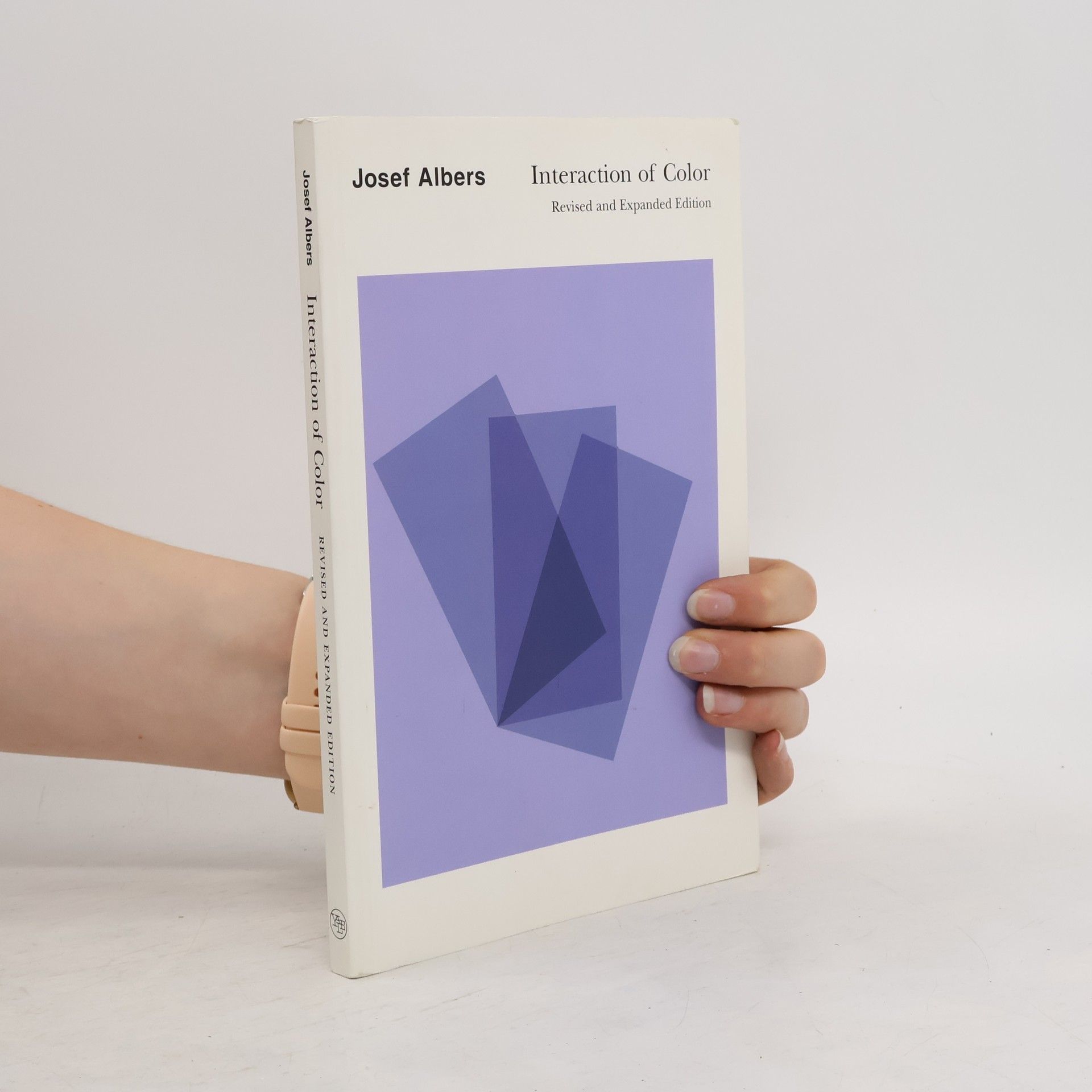Focusing on color experimentation, this handbook serves as a vital resource for artists, instructors, and students alike. It showcases Albers' innovative concepts in a manner that is accessible to both specialists and a broader audience, making it an essential tool for enhancing understanding and application of color in art.
Josef Albers Books
Josef Albers was a German-born American artist and educator whose work, both in Europe and the United States, formed the basis of modern art education programs of the twentieth century. His innovative approach to teaching and theoretical work influenced generations of artists and designers. Albers's emphasis on the perception of color and form through his renowned series and pedagogical methods continues to resonate in contemporary art. His legacy lies in the systematic exploration of visual relationships and their impact on human perception.






Josef Albers in black and white
- 81 pages
- 3 hours of reading
Focuses on one aspect of the world-renowned modernist painter and designer's his work in black, white and grey. Throughout most of his career Albers was largely immune to changing currents in the art world, but was influenced by one social force- industrialization.
Interaction of color : 50th anniversary edition
- 193 pages
- 7 hours of reading
An experimental approach to the study and teaching of color is comprised of exercises in seeing color action and feeling color relatedness before arriving at color theory.
Squares & Other Shapes
- 30 pages
- 2 hours of reading
An introduction to shapes through the acclaimed art of Josef Albers The influential art of Josef Albers is used to teach shapes in this stylish read-aloud board book, which takes children through Albers' range of geometrics, one artwork per page, beginning with squares and returning to them as a familiar refrain throughout. The variance of colour, scale, and quantity adds to the richness of the visual arc, and the accompanying text provides a humorous and engaging commentary. Readers will not only learn their shapes, but also grow familiar with fine art in this second title in the 'First Concepts with Fine Artists' series. Includes a read-aloud `about the artist? at the end.
Josef Albers Quicknotes
- 20 pages
- 1 hour of reading
Josef Alber's Homage to the Square series paintings are bright and universal. His classic Bauhaus style artwork is reproduced here for our museum quality notecard collection.
Albers and Morandi: Never Finished
- 144 pages
- 6 hours of reading
Rarely seen together, the artwork of Josef Albers (1888?1976) and Giorgio Morandi (1890?1964) shares many similarities. Although they never met, both artists worked in series as they explored difference and potential through their distinctive treatment of color, shape, form, and morphology. They were also both influenced by Cezanne. As master illusionists and experts in proportion, they tackle similar conceits from different perspectives. Albers focused on the effects of subtle or bold changes and interactions in color, while Morandi made still lifes that treat simple objects as a cast of characters on a stage, exploring their relationship in space.00Published on the occasion of the critically acclaimed exhibition 'Albers and Morandi: Never Finished', the book illuminates the visual conversation between these two artists. With the exhibition hailed by The New Yorker?s Peter Schjeldahl as ?one of the best ? I?ve ever seen,? this publication brings this unusual, thought-provoking pairing to your home. Gorgeous reproductions are accompanied by a roundtable about form and color between the exhibition?s curator, David Leiber; Heinz Liesbrock, the director of the Josef Albers Museum Quadrat Bottrop, Germany; and Nicholas Fox Weber, the director of Josef and Anni Albers Foundation, as well as an essay by the Morandi expert and founder of the Center for Italian Modern Art, Laura Mattioli.00Exhibition: David Zwirner Gallery, New York, USA (07.01.-27.03.2021)
Josef Albers
- 287 pages
- 11 hours of reading
Josef Albers’s Interaction of Color is a masterwork in twentieth-century art education. Conceived as a handbook and teaching aid for artists, instructors, and students, this timeless book presents Albers’s unique ideas of color experimentation in a way that is valuable to specialists as well as to a larger audience.Originally published by Yale University Press in 1963 as a limited silkscreen edition with 150 color plates, Interaction of Color first appeared in paperback in 1971, featuring ten representative color studies chosen by Albers. The paperback has remained in print ever since and is one of the most influential resources on color for countless readers.This new paperback edition presents a significantly expanded selection of more than thirty color studies alongside Albers’s original unabridged text, demonstrating such principles as color relativity, intensity, and temperature; vibrating and vanishing boundaries; and the illusions of transparency and reversed grounds. Now available in a larger format and with enhanced production values, this expanded edition celebrates the unique authority of Albers’s contribution to color theory and brings the artist’s iconic study to an eager new generation of readers.
